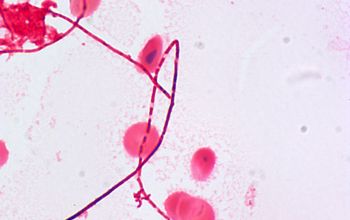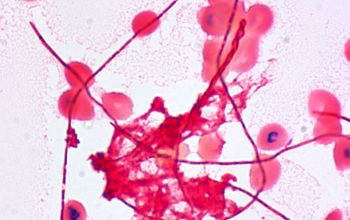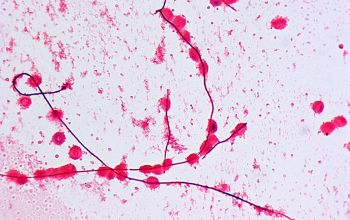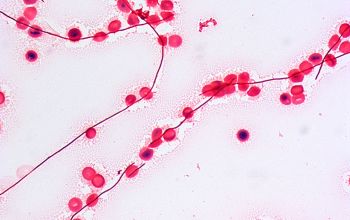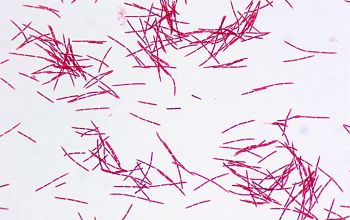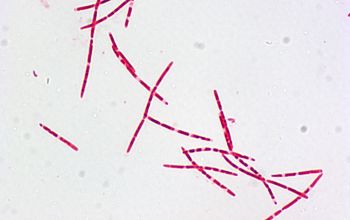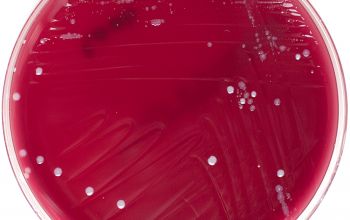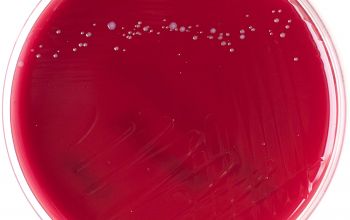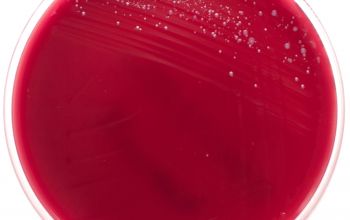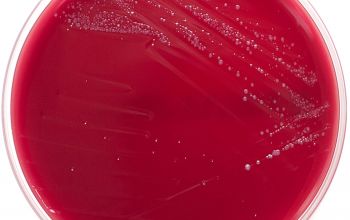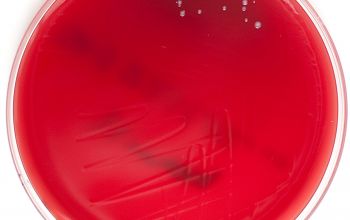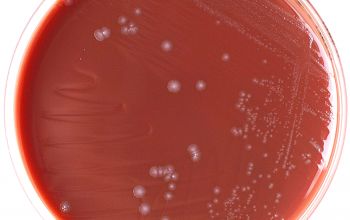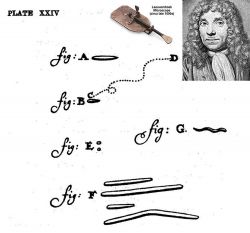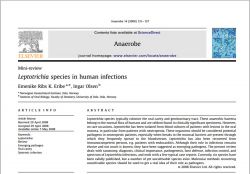Leptotrichia buccalis
-
General information
History
Leptotrichia was among the first microorganisms described and probably recognized by van Leeuwenhoek already in 1683.
Taxonomy
Family: Leptotrichiaceae
Natural habitats
Leptotrichia colonize the oral cavity and genitourinary tract.
These anaerobic bacteria belong to the normal flora of humans and are seldom found in the clinically significant specimens.
Clinical significance
On rare occasions, Leptotrichia has been isolated from blood cultures of patients with lesions in the oral mucosa, in particular from patients with neutropenia.
These organisms should be considered potential pathogens in neutropenic patients, especially when breaks in the mucosal barriers are present through which they frequently spread to the bloodstream.
-
Gram stain
Very large Gram negative rods,
with one pointed and one square end and intracellular gram-positive stained granules.
The cells are wider (0.8-1.5 µm), and longer (5-15 µm) than most Gram negative rods in clinical material.
The length of the cells may be even longer than the field of view of a 100x magnification.
Leptotrichia species cell morphology
1 very long rods
2 relatively short
3 pleomorphic coccobacilli and fusiform
Fresh cells may stain Gram positive
-
Culture characteristics
-
Obligate anaerobic / AEROTOLERANT
BBAØ: colonies are 0.5-3.0 mm, convex and with a convoluted surface.
They are sparsely filamentous to irregular and grayish brown in color, with a dark central spot in old colonies. Some colonies are opaque and dry in consistency
Although Leptotrichia species are anaerobic on first isolation, in subculture some strains grow aerobically in the prescence of CO2.
-
-
Characteristics
-
References
James Versalovic et al.(2011) Manual of Clinical Microbiology 10th Edition
Karen C. Carrol et al (2019) Manual of Clinical Microbiology, 12th Edition
Leptotrichia species in human infections Emenike Ribs K. Eribea, Ingar Olsenb doi:10.1016/j.anaerobe.2008.04.004

